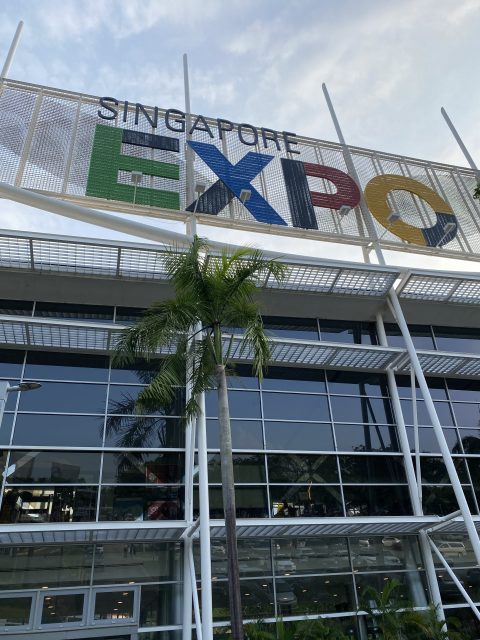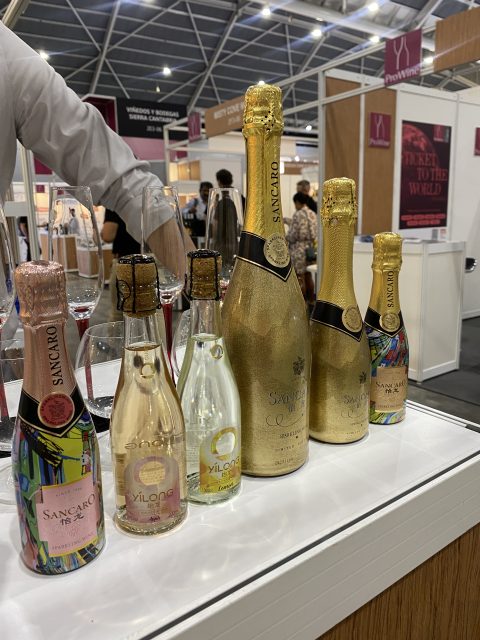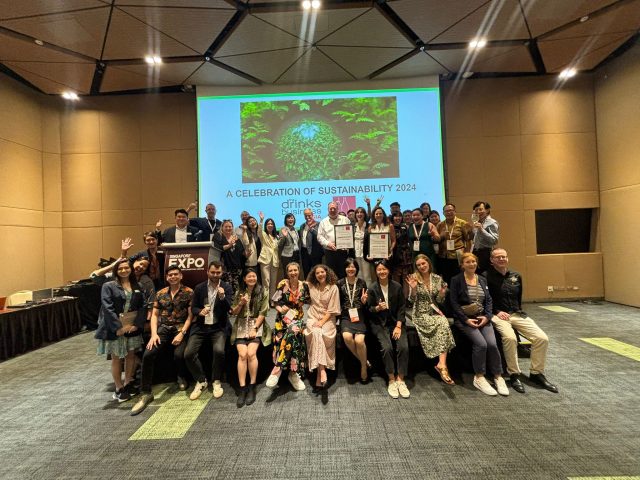The top five trends from ProWine Singapore
ProWine Singapore wraps up today, and after four days of trade buzz, we delve into the key takeaways from the show.

No and Low
This year, ProWine Singapore put a big spotlight on the no and low category, with a ProWine Zero area and dedicated masterclasses. In terms of exhibitors, no and low’s footprint was still small, with just one dedicated booth, but the interest is rising.
Emma Pike, director of Free Spirit, Singapore’s only non-alcoholic distributor, is under no illusions. “It’s a hard market to crack and we haven’t cracked it,” she said. “It’s not there, but it’s getting there.”
Despite being “early to the market”, Free Spirit supplies some of the big name on-trade businesses in Singapore, namely Raffles hotel and 67 Pall Mall. “The tier 1 companies, Raffles and 67 and the elite bars, are all doing non-alc, but they’ve got great bartenders who can make any kind of cocktail — they’ve got the experience,” she said.
To really crack the market in Singapore, Pike argues that what she calls tier 2/3 venues need to tap into the trend, and having names like Raffles and 67 Pall Mall can help appeal to other businesses.
Wastage is a key issue for bartenders considering whether to stock a non-alcoholic product, and Pike argues that it’s key to convince bartenders “that you can use one bottle to make six non-alc drinks”.
European presence
When it came to wine producers, European regions ruled the roost, with a significant presence from well-known regions including Austria, France, Germany, Spain, and Portugal.
This is no surprise, considering the prevalence of European wines here in Singapore. Patrick Sng, an importer, distributor, and retailer in Singapore, and CEO of One Minor Group, says that when it comes to popular winemaking regions in Singapore, “France is always there”.
His presentation, ‘Sip the Future: Expert Insights and Strategies for the Wine and Spirits Trade’, gave insights into the changing landscape of the country’s drinks trade in the years to come. With “aggressive price increases” coming out of Champagne, Sng has been seeing a lot of interest in grower Champagnes.
Other, more local regions are also set to make it big in Singapore.
Keeping it local
Sng believes there will be a “strong wind” for Japanese wines in Singapore in the coming years, although “of course, they come at a price”. He said: “We are seeing more Japanese wine, we are seeing more Chinese wine in the market.”
Exhibiting at the show was Chinese wine producer Yilong Sparkling Wine. Gold bottles and bright packaging mark these wines out from the competition, particularly in China, which is responsible for 95% of sales. Other markets include Russia and Thailand, and the brand is hoping to make it into the Singapore market.
Partner Content

Wines from countries in Asia were not the only beverages from the continent. The masterclass ‘Same but different: Shining a spotlight on Asia’s unique wines and spirits’ spotlighted craft sakes from Japan as well as Singaporean mead.
Food glorious food
ProWine Singapore was launched in collaboration with FHA Food & Beverage this year, Singapore’s largest F&B trade show, which expected to welcome 60,000 trade visitors in 2024.
This year, in joint collaboration with The German Federal Ministry of Food and Agriculture, FHA-Food & Beverage has appointed Germany as the Country of Honour, where 37 exhibitors will be present within the Germany Pavilion, making it a substantial and historically biggest German participation.
The show also had the largest ever Australian pavilion in its history.
Sustainability
Across all ProWine and FHA exhibitors, over 50% of stands at the show were made from recycled materials.
ProWine’s organisers have made a real push to focus on sustainability and eco-consciousness in the drinks industry. Patrick Sng argued that F&B businesses who want to appeal to customers with sustainability claims are moving the industry forward.
“Natural wine is still there,” he said, with more bars opening up in the last few years. “More people are going in that direction but it’s still a very small number.”
Sustainability is being considered by producers both in terms of packaging and for the wine itself.
“The bottles you are going to drink 10, 20 or 30 years down the line are going to taste different,” Sng said, as climate change causes global temperatures to rise.

Talk of rising temperatures, melting ice caps and wildfires can often be disheartening, and as such, db Asia decided to honour the positive initiatives being undertaken by ProWine Singapore exhibitors. Read more about our winners here.
Related news
Strong peak trading to boost Naked Wines' year profitability




